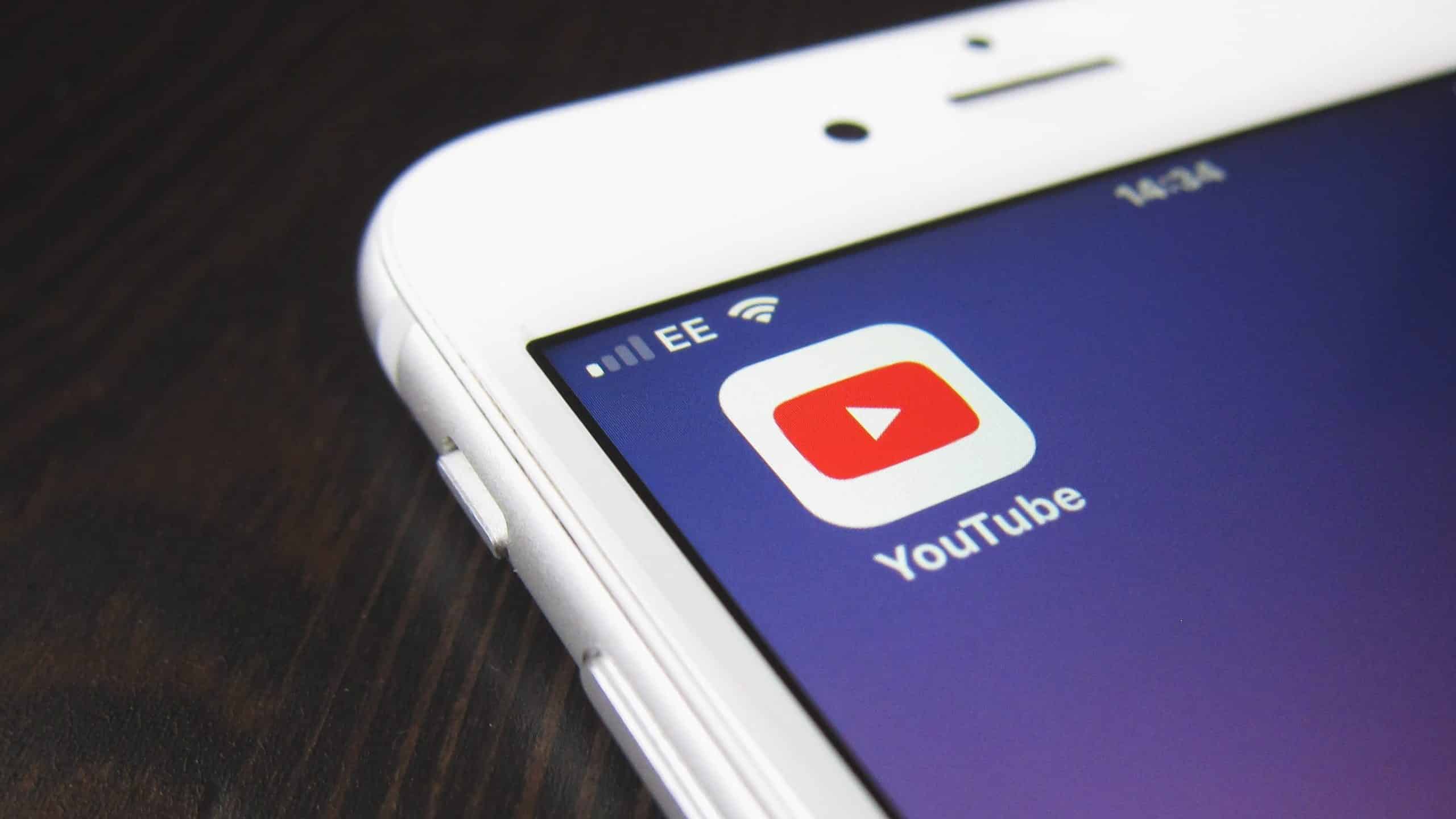How to Stream Movies and TV Using a Mobile Hotspot
Using a portable Wi-Fi hotspot device from Unlimited LTE means you can stream your favorite movies and TV shows wherever you go. That’s the convenience most people want when they’re shopping for internet plans.
But when you want to watch movies on a phone with limited data, how much do you need? Also, what internet speed do you need for a seamless streaming experience? When streaming over cellular, be sure you know the amount of data you need, and if you’re using a phone that has a capped plan, how much data you have.
So, if you like streaming Netflix on mobile, this post is going to guide you on data speeds and limitations for successful streaming. Read on!
How Fast Internet Do I Need?
The internet speed you need depends on the video quality you want. For example, you need about 2.5 to 7.5 Mbps (megabits per second) to stream HD videos on your mobile device. This means you’ll use approximately 1.5 to 3 GB per hour to stream HD video on Netflix.
If you opt for standard definition (SD), your consumption will be about 1 GB of data per hour, at about 2 to 3 Mbps. For streaming in 4K or UHD, you’ll need a speed of 25 Mbps, and it’ll up to 7 GB in an hour. Take the time to understand each resolution meaning and the amount of data you need to spend with each.
So, before you start streaming, be sure to perform a speed test (such as fast.com) to determine your connection speed. You can also set your bandwidth to allocate more speed to streaming or downloading. Even if you have fast internet (upload speeds of 10 Mbps or higher), it’s best to set limitations in order to prevent overloading the network.
When you perform a speed test, it’ll show you your internet speed in Mbps. That’s how you’ll know if you’re connection is slow or fast. Using the numbers mentioned before, see if your connection can support the video quality you want. The good thing is that services like Netflix offer settings that allow you to control your data usage. With Netflix, you can choose from Low, Medium, High, and Auto options.
You also have other options, including Save Data, Wi-Fi only, Automatic, and Maximum Data. You can choose depending on your data plan and preferences.
How Much Data Does Streaming Video Use?
The amount of data you use on streaming videos depends on the video quality you’ve chosen. For instance, how much data does Netflix use? In the low setting, Netflix data usage is about 0.3 GB per hour. The Ultra HD quality consumes up to 7 GB per hour. Be aware that not all videos and TV shows on a service like Netflix support UHD quality.
However, you are free to control your streaming data usage. You can choose the “Automatic” option to allow Netflix to balance your data usage with excellent video quality. In this case, you can expect to spend 1 GB of data for about 4 hours. On the other hand, selecting the “Save Data” setting allows you to use 1 GB for about 6 hours.
Also, you may ask, “how many GB does a movie use?” Well, the running time for most movies is about 75 to 210 minutes. If you’re watching a 75-minute movie, you’ll spend about 0.05 GB to 8 GB of data, depending on the resolution you pick.
Most services leverage video compression to serve the ideal data rate for your internet speed. Compression reduces the amount of data sent for each second of a file. So, the lower your speed, the higher the compression will need to be. The technology behind video compression is advanced enough to ensure a great streaming experience even at slower data speeds.
Network Congestion
In some cases, you might experience buffering or low-definition pictures due to network congestion. When the network is congested, data sent over the internet, called ‘packets’, can actually get lost, which occurs because the internet route you’re using is full.
A full internet route prevents further transmission of data. When this occurs, you’ll experience pauses for buffering and poor video quality. Most of the time, the problem might not be your internet plan, but an excessive flow of data through the network.
Congestion can also occur when you exceed your internet data cap. These caps are basically limits imposed by some carriers on the amount of data you can use while streaming videos online. They implement these caps to discourage excessive data usage, which contributes to internet congestion.
Some service providers also implement internet throttling, which is intentionally slowing the internet speeds of those using large amounts of data. In doing so, they hope to prevent high network traffic and reduce bandwidth congestion. If you find your internet speeds are getting throttled, check your data settings to be sure you’re not using an excessive amount.
What You Can Do As a Customer
Mobile streaming with a hotspot has indeed made it possible to watch your favorite movies on the go. But you’re not going to enjoy the same quality and performance all the time. As a customer, there are several things you can do to ensure you’re getting as much value as possible from your internet plan.
Monitor Your Monthly Data Usage
It’s always advisable to keep an eye on your data usage. Even if you have an unlimited plan, monitoring your usage will offer a lot of value and insight into how you’re using your data, and will let you figure out how you can save data to prevent network congestion and throttling.
Avoid Streaming During “High Traffic” Hours
Statistics have shown that most people prefer getting their Netflix fix from 5–9 PM. This results in high traffic during such times, which ultimately leads to network congestion. You can be smart by opting to stream videos during “low traffic” hours that work for your schedule.
Opt for a Lower Resolution
Ultra high definition (UHD) quality might be the epitome of video streaming, but it’s not worth considering all the time. UHD quality consumes up to (and sometimes over) 7 GB of data per hour, so you are better off with HD or SD quality. In addition, most smartphones don’t even have UHD displays, so higher resolutions won’t give you any better quality. The good thing is that streaming services offer the freedom of adjusting playback settings to lower your data usage, thus keeping your costs and internet traffic down.
Conclusion
Mobile streaming with a hotspot offers the convenience of connecting all your home devices. With an unlimited high-speed 4G data plan, and with good monitoring of your data usage, you can browse the internet and stream your favorite shows without worrying about poor performance.
At Unlimited LTE Advanced, we offer affordable data plans with portable devices that are ideal for travelers, truck drivers, RV internet access, and more. Our plans provide the freedom of an internet connection wherever you are while offering convenience and good speeds.
So, if you’re looking for a solution for home internet wherever you live, or for a convenient portable connection, Unlimited LTE has a solution for you.

Mike Meyer serves as the Vice President of Marketing at Unlimited LTE, where he leads the charge in delivering innovative communication solutions to those who need them most—rural communities and people whose lives keep them constantly on the move. With nearly a decade at Unlimited LTE and over 40 years of combined industry experience across his team, Mike is deeply passionate about bridging the digital divide. For him, it’s not just about connectivity—it’s about unlocking opportunity and improving lives through better, smarter access to the world.




